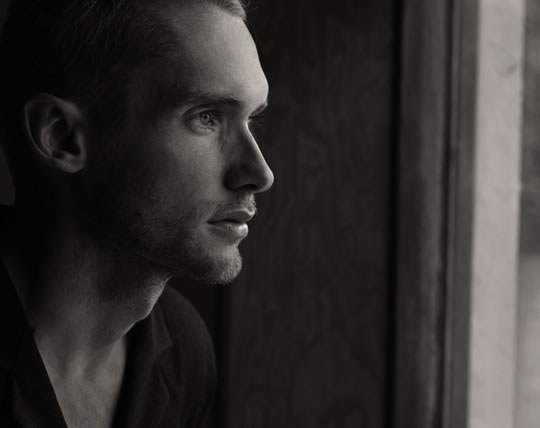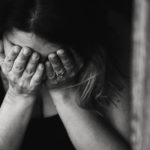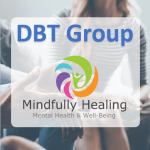

The common signs of anxiety disorders are both psychological and physical.
Anxiety comes in many forms, but all the different types often have certain core features.
Like many mental health problems, almost everyone experiences anxiety from time-to-time.
Whether it is a problem all depends on the amount and nature of the anxiety.
Everyday anxiety in response to stressful events is normal, but severe anxiety in response to relatively minor events can be seriously disabling.
Bear that in mind when reading the signs of anxiety.
For example, a lot of people have problems sleeping and muscle tension every now and then.
This might happen before a job interview, when going into hospital or before a stressful event.
But experiencing anxiety frequently and intensely over smaller matters can be a sign of something more serious.
Signs of anxiety
Here are four typical psychological signs of anxiety:
- Feelings of panic, fear and uneasiness.
- Feeling constantly ‘on edge’ or restless.
- Having a frequent sense of dread.
- Problems concentrating.
And here are six typical physical signs of anxiety:
- Muscle tension.
- Problems sleeping.
- Dry mouth.
- Shortness of breath.
- Heart palpitations.
- Dizziness.
These ten do not cover the full extent of what people experience.
People often report a very wide range of different physical and psychological signs of anxiety.
I have seen lists with at least 50 items.
Some people have many symptoms, others have fewer.
The real key to diagnosing an anxiety disorder is in the extent of the symptoms and how they affect everyday life.
People experiencing severe or disabling anxiety most days should consider seeking some kind of help.
Psychological therapies (including self-help) are particularly good at treating anxiety disorders.
Apart from ‘generalised anxiety’, anxiety can also be triggered by all sorts of different things.
Many of these are familiar terms nowadays: phobias, PTSD and social anxiety.
Source: PsyBlog










